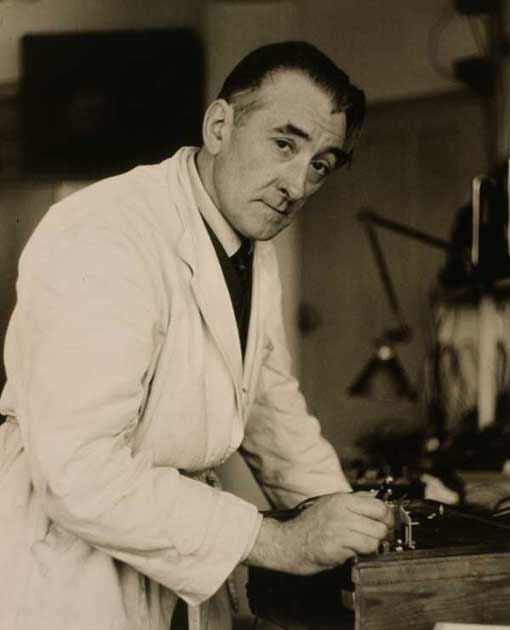In 1938, Pierre Clément started his own business producing radio receivers. However, he was drawn to broadcasting practices and joined the "Laboratoires Radio-électriques du Centre", where he remained until the end of World War II. During this time, he designed and developed an original disc cutter, which he did not manufacture until the war ended. By 1944, it had already gained favor with official broadcasting services.
From then on, Pierre Clément continued to work for French radio and television, and his technical renown, along with his high professional standards, quickly earned him a loyal clientele of audiophiles who valued quality, even if they sometimes had to exercise patience with his meticulous craftsmanship, which had few equals worldwide.
Pierre Clément's reputation, which began with disc cutters and cutting machines, with dozens built for early recording enthusiasts and sound hunters, continued with the remarkable series of phonolecteurs. Initially electrodynamic (Models D1, D2, D3), these evolved into magnetic variable reluctance models, with 8 successive models from L1 to L8, progressively refined to approach as closely as possible the technical imperatives required for faithful playback of both standard discs [78 RPM] and microgroove discs [vinyl]. Even before microgrooves became popular, Pierre Clément had already begun to significantly reduce moving masses, lowering the tracking force to around 10 grams. Such phonolecteurs, equipped with a 25µm stylus, revealed to many the potential quality of early microgroove discs, which the American "Columbia" executives seemed to have somewhat underestimated as they sought to revitalize a stagnant market.

Photo kindly provided by Mr. Raymond Bernard.